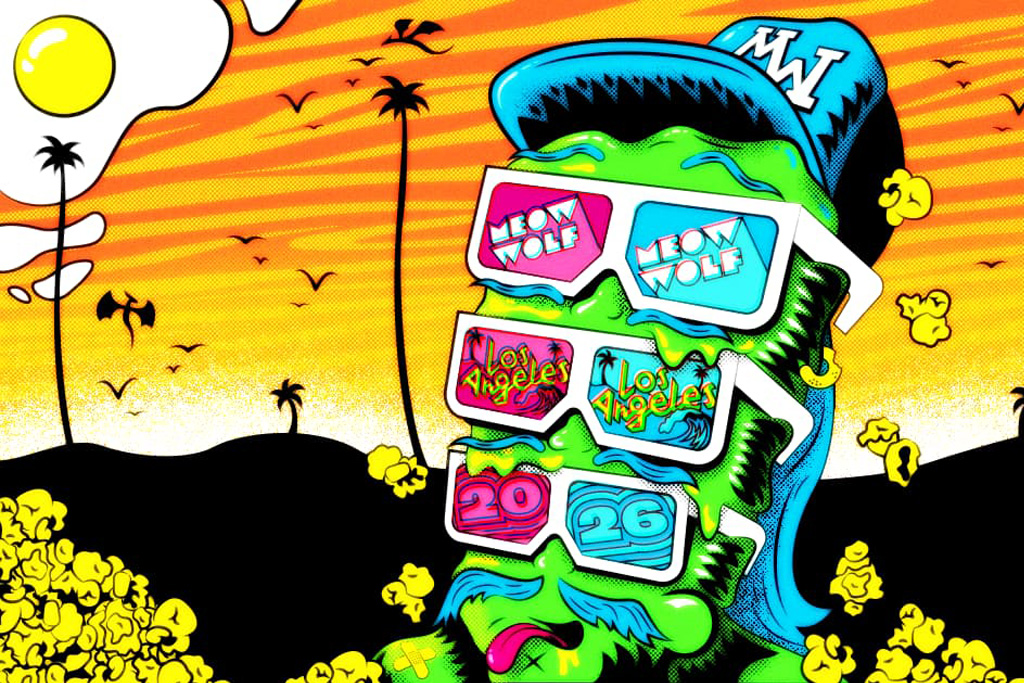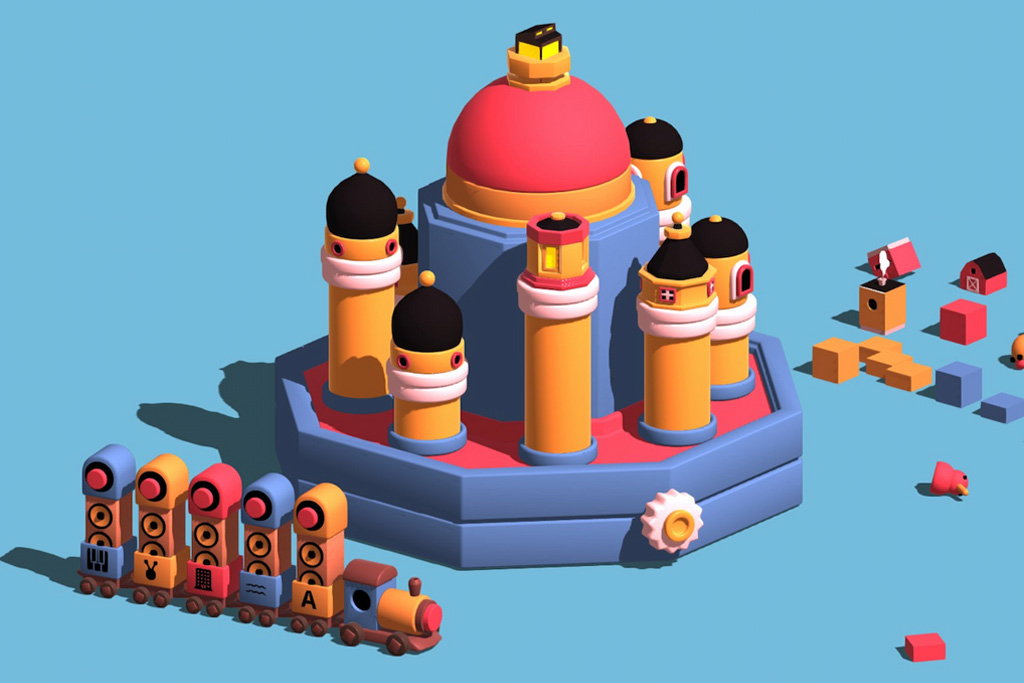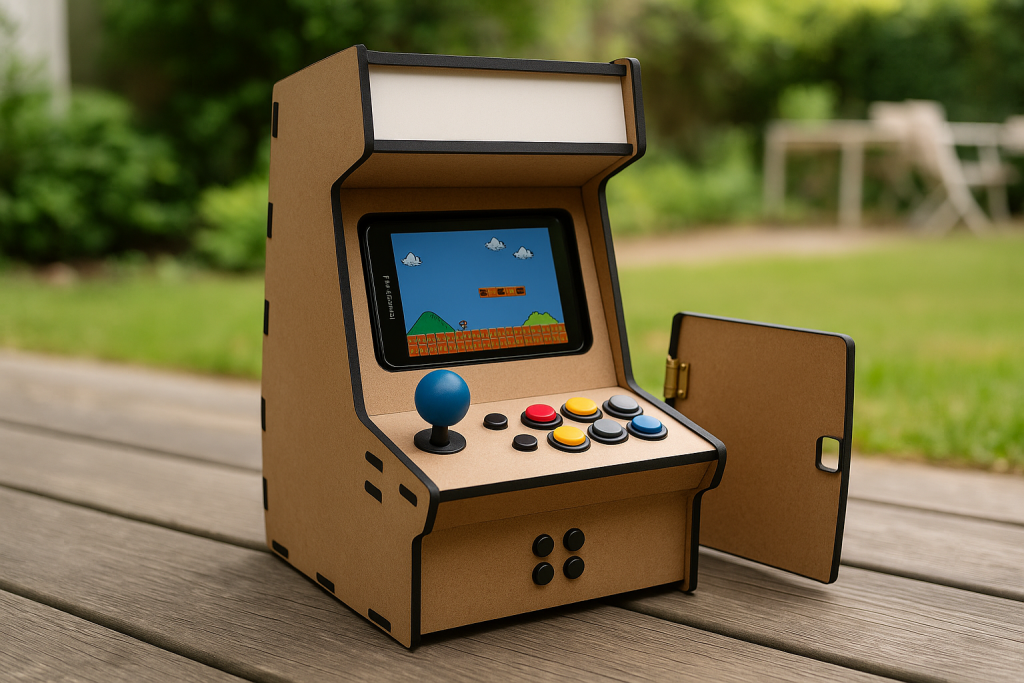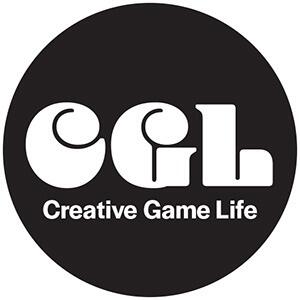In 2017 I interviewed Simon Green, aka Bonobo, about his process for creating music with samples and Ableton Live. In anticipation of his 2023 tour and performances Field Day, we revisit this conversation with Bonobo.
Simon Green, better known as Bonobo, has been releasing music for over 15 years. Over the course of six albums, the British producer has carried the torch for Ninja Tune’s aesthetic from the cut and paste, hip hop-inspired feel of Dial M for Monkey (2003) in through the increasingly complex, globally-sourced sounds of Black Sands (2010) to the largely acoustic and hypnotic textures of The North Borders (2013). 2016 brings the release of Migration, an album that sees the artist moving through new landscapes of sound inspired by many years of touring as well as his recent relocation from New York to Los Angeles.
While Bonobo’s productions and live performances have evolved over the years to include acoustic instruments, a full backing band and an elaborate stage setup, the core of his sound has always been samples. From his early use of Akai samplers through his current setup with Ableton Live, Simon has always turned to sampling as the glue of his technique. We caught up with Bonobo just before his world tour and album release for a chat on his sampling philosophies, workflow and career evolution.
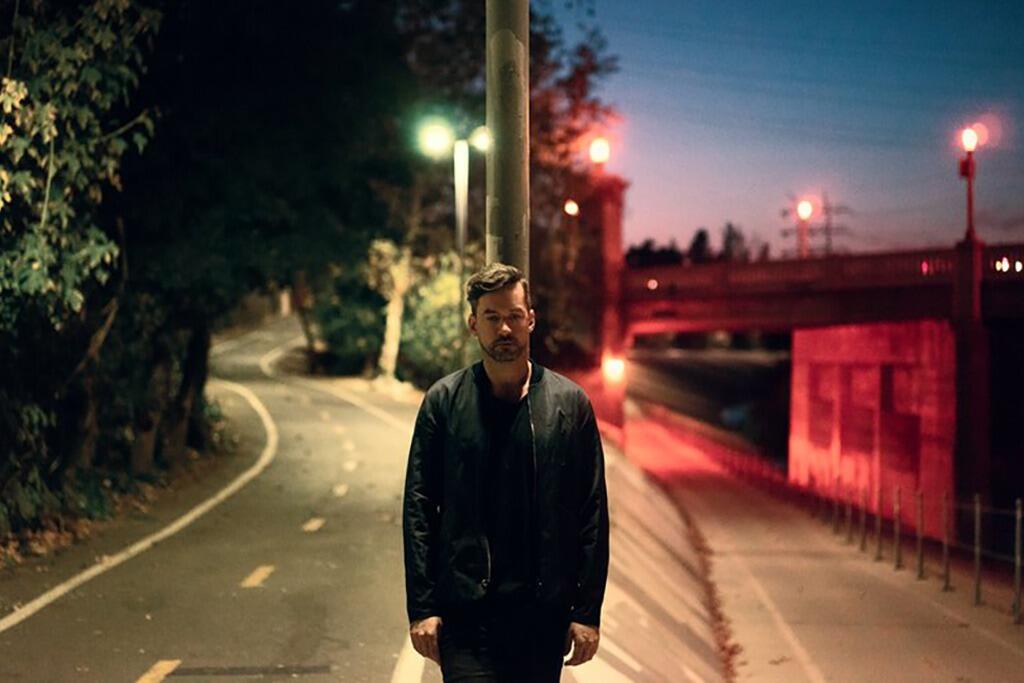
Interview with Bonobo for Ableton
Where do your samples come from? Is there a specific workflow to finding the sounds that appear in your compositions?
There is. I think what I’m sampling now varies from what I was sampling back in the day. I came from a traditional sort of hip hop cut and paste aesthetic when I started out. I was digging for thrift store drum breaks or raiding the exotica section in record stores to find an interesting sound palette to sample. That was on the earlier stuff but now it’s changed a lot in terms of the sources; where I’m finding samples, and also how I’m sampling.
The stuff that I’m looking for is not complete drum breaks or phrases but the more atmospheric. If I’m sampling from vinyl, I’m going to the avant garde free jazz section. I’m looking for sonic texture more than anything else now. But the source for that is less vinyl these days. I’m going on YouTube and digital catalogues and archives for sounds.
I imagine the different mediums offer different textures?
Yeah, certainly. There’s that sort of grainy quality when you’re sampling something off of YouTube. But also that’s the world we live in now. Not to discredit high fidelity, but if we’re making music in 2016 people are sampling off YouTube, people are playing acoustic cover versions on their own YouTube channels. And that affects the texture. But you can turn that into an aesthetic in itself.
How much is too much when it comes to sampling? Do you have personal rules for for how much is appropriate to take?
The thing is, there are no rules. It comes down to the individual’s taste. You can’t say ”Oh you can’t sample something whole and add a break to it.” I mean you can, but it’s probably not going to be very good. It’s all about context, really. I’m always looking for interesting re-contextualization of samples. You know, something you wouldn’t expect. Something otherworldly and unexpected that is in fact something familiar but cleverly manipulated or juxtaposed to something else to make it sound completely out of this world.
An example of that sound would be Madlib’s “The Healer,” for Erykah Badu. Which was sort of a Japanese prog-rock record he flipped into 808s and delicate percussion. It just sounded so other-worldly. It has sort of familiar elements but juxtaposed in a way that sounded out of this world. And that’s what I’m looking for in sampling. To make sort of an opaque texture through two different sounds, something you’ve never heard before.
What sorts of techniques are you using to change the texture of your samples?
One of the biggest tools is simply re-pitching a sound to make it sound completely different. Slowing things down and speeding things up. To me that’s where you get some really interesting tones. Especially with acoustic instruments when they are pitched in a way that they could never be played.
Many of your tracks come together as collages of different textures and sounds. Is the process as diverse as the sound? Or is there an organized method behind what we hear?
Oh no, the process is a mess most of the time. You know when you’re doing mathematical equations, you’re carrying all this information up in the corner of the page? It’s kind of like that. If you look at an arrangement in Ableton when I’m working I have all these little areas I’m working on. It’s very delicate things like when the gain balance between two samples will create a harmony in the middle, which didn’t exist in either before. It’s all in how these sounds are placed next to each other that create that rolling flow of sounds.
So a lot of the time it is chaos. I just build up layers and layers and layers, and then remove the common element that was there to start with. Then you’ve got these two sort of disparate sounds that originally had nothing to do with each other but after you remove the common framework it makes sense in a weird and wonderful way.

When you are creating, do you have multiple songs or projects happening at the same time?
I think you need to focus on the thing you are doing. The frame of references in your head need to be locked in before you can do that. You’ve got to tune your brain in, like a radio, to the same frequency of the thing you’re working on and that can take a long time. So I tend to not flip around too much, really. I’ve got to be on the same waveform as the thing I’m working on. I don’t want to lose that set of internal references.
Do you have any techniques or tools that you use to snap yourself into that mindset?
It’s hard. It’s not easy to do. And I kind of believe that procrastination is part of the process as well. I don’t just say that to validate the times when it’s not happening. But sometimes it’s just not happening. Sometimes you set aside a whole day to go into the studio and you sit there and listen to one thing on a loop and think “I’m not feeling this today.” And that’s OK. You can go and do something else.
And then other times you weren’t even planning to make music but wander into your studio and start playing something on a Fender Rhodes and next thing you know it’s seven hours later and it’s dark and you still haven’t dressed but you’ve gotten a whole entire piece done.
Despite what you described as a somewhat chaotic workflow, you have a pretty steady output of music. Do you give yourself deadlines to finish things?
Yeah, I kind of do. I don’t think of myself as particularly prolific. I know people who bang out music in a lot higher volume than I do. Each record has landed around the three year mark and that’s not a conscious thing, it’s just how long it took. This one seems to have taken a little while longer than previous albums.
I guess it comes down to the individual. Some people can finish two tracks a day. I know people who will not spend more than one day on a track. I can spend weeks on one piece. There’s a bit of self loathing that comes into it as well. But that’s important as well.
I think if you’re not having those moments, if everything was just unbridled joy in the studio, you’re possibly not pushing as hard as you could to get the best of what you can do. And there is a lot of unbridled joy when it all comes together. It’s a very sort of polarizing thing. When it’s working, everything in life is good. Other music sounds great, other people seem really nice. And then when it’s not working, in fact you’ve lost it, everything’s terrible. It’s a difficult balance. You can’t predict it or control it.
Did you always have a vision of what you wanted the Bonobo live show to be? And how did you come to have so many musicians involved?
Well, it kinda came from a different era. Early on I was making the music and DJing in clubs in Europe and the UK and it’s more of a basement vibe, playing records for the dance floor. Occasionally throwing in a few of your own tunes. And then I took that mentality to America where it was met with a lot of confusion. I was being put in live music theaters in the middle of a big stage and they shine the lights on you and the crowd watches like it’s a piano recital.
That made me think “Shit, I need to have a show, I need to have something.” At the time I could hear how to deconstruct the music into more traditional arrangements like keys, bass drums. I’d been in bands. (I’d been in bands that sounded exactly like Portishead but Portishead were already making a really good job of doing that.) So I kind of knew how it could work. This was around the second album and the third and fourth albums had a lot of live elements in them so it was a lot easier to translate into a live show. But since The North Borders, the challenge has been to incorporate the electronics a lot more because it’s a more dance music oriented record.
Read more of this interview at Ableton’s website. And check out Ableton Live if you are interested in creating or recording music with your computer.
Bonobo Fragments Album on Discogs

Bonobo DJ Sets 2023
FEB 3, 2023 – Secret Location, DTLA Los Angeles, CA
FEB 18, 2023 – Silencio Umbra, Oaxaca, Mexico
FEB 27, 2023 – MAR 6, 2023, – Envision Festival, Uvita, Puntarenas Province
APR 10, 2023 – Printworks, London, England
APR 14, 2023 – Berns, Stockholm, Sweden
Bonobo Live Performances 2023
MAR 9, 2023 – Volkswagen Arena, Istanbul, İstanbul
MAR 11, 2023 – Dubai Opera, Dubai, United Arab Emirates
MAR 24, 2023 – Kirstenbosch, Cape Town, South Africa
JUN 30, 2023 – American Family Insurance Amphitheater, Milwaukee, WI (With ODESZA)
AUG 19, 2023 – Field Day 2023, London, United Kingdom

